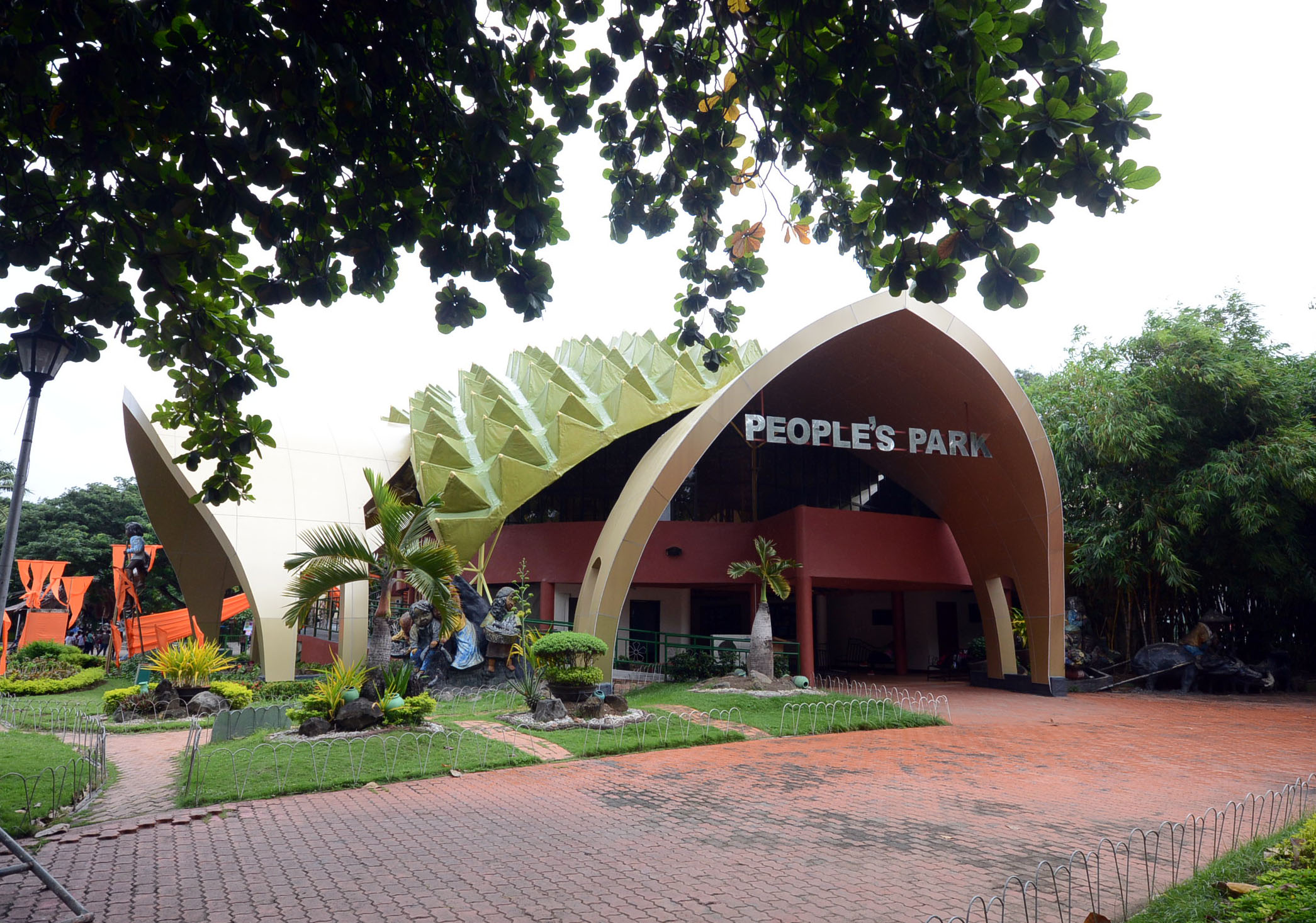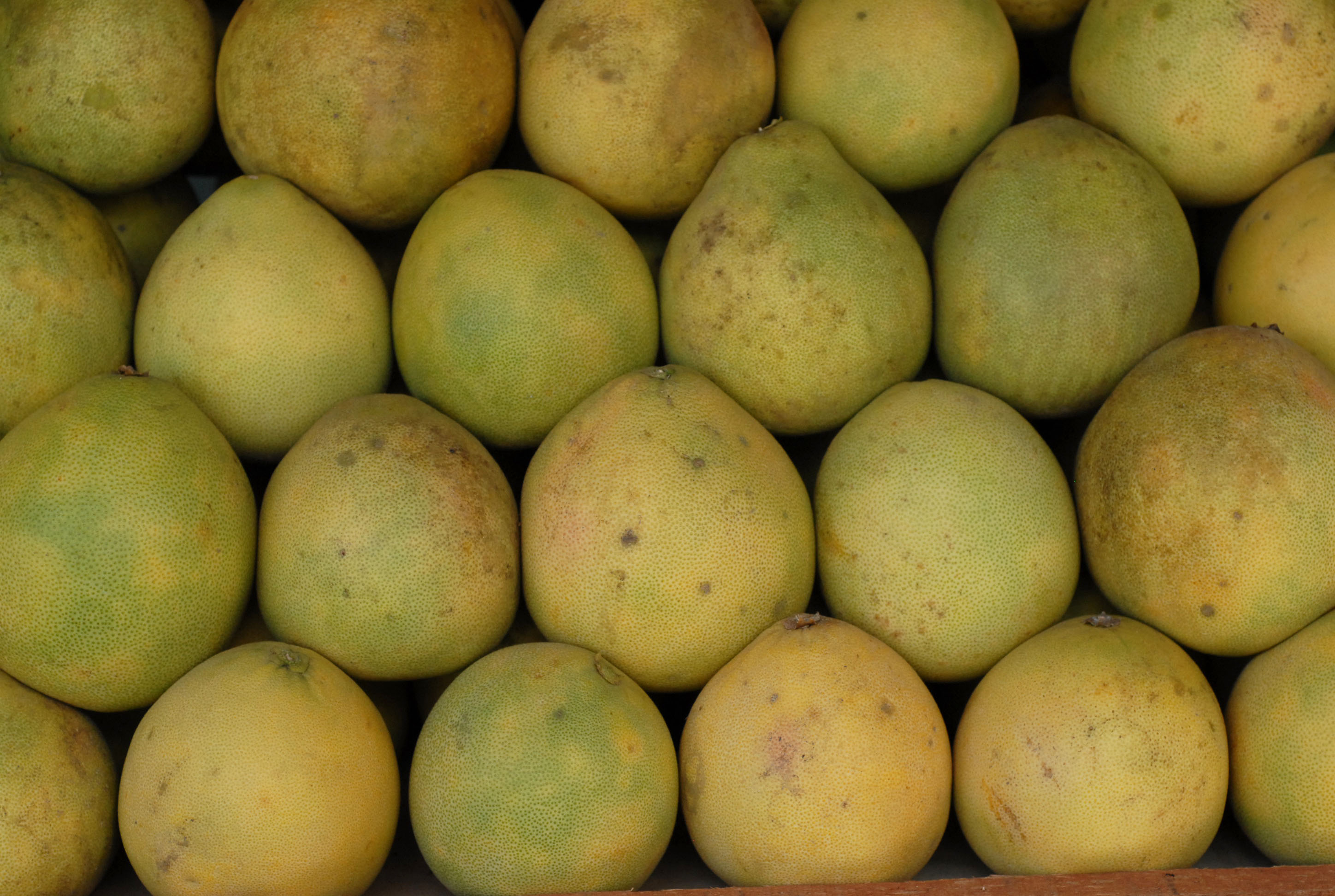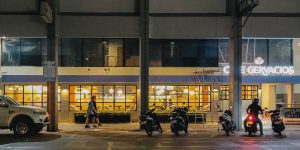The history of Davao can be traced to as far as the 50 years of Spanish rule in the country.
“While Spanish sovereignty had been established along the northeastern coasts of Mindanao down to Bislig as early as 1620, it was not until the conquest of Davao Gulf area in 1848 that Spanish sway in these parts became de facto, and Davao’s history began to be recorded,” wrote journalist and historian Ernesto Corcino in his manuscript Davao: An Introduction to its History.

During this time, Don Jose Cruz de Oyanguren, a native of Vergara, Guipuzcoa, Spain, arrived in Davao as head of a colonizing expedition comprising 70 men and women. Oyanguren’s journey was supported by a special grant from Don Narciso Claveria, Governor- General of the Archipelago, that mandated him “to conquer and subdue the entire gulf district, expel or pacify the Moros there, and establish the Christian religion…”
Davao was then ruled by a chieftain, Datu Bago, who held his settlement at the banks of Davao River which was once called Tagloc River by the Bagobos.
After Uyanguren defeated Datu Bago, he renamed the region Nueva Vergara, in honor of his home in Spain, and became its first governor. Oyanguren’s efforts to develop the area, however, did not prosper.

Corcino wrote that Oyanguren was reported to have peaceful possession of the Davao Gulf territory at the end of 1849, despite the lack of support from the government in Manila and his principals in the venture. He campaigned hard among the different tribes –the Mandayas, Manobos, etc. urging them to live in settlements in order to reach them for trade and commerce, but to no avail. The Moros continued to threaten those who collaborated with the Españoles. Little headway was made in economic development of the gulf region.
The pioneer Christian inhabitants of the settlement understandably were the proponents behind the official adoption of the name “Davao” in 1868. The name was derived from its Bagobo origins: the Tagabawa who called the river “Dabo”, the Giangan or Diangan who called it “Dawaw”, and the Obo who called it “Davah.”

Sometime during the 1900s when American forces landed here, private farm ownership flourished and transportation and communication facilities were improved, thus paving the way for the region’s economic growth.
The American settlers, mostly retired soldiers and investor friends from Zamboanga,Cebu, Manila and the U.S. mainland immediately recognized Davao’s rich potential for agricultural investment. Primeval forest lands were available everywhere.
They staked their claim generally in hundreds of hectares and began planting rubber, abaca and coconuts, developing large-scale plantations in the process. However, they faced a problem of lack of laborers.
Thus, they contracted workers from Luzon and the Visayas, including the Japanese, many of whom were former laborers in the Baguio, Benguet road construction. Most of these Japanese later became land-owners themselves as they acquired lands thru lease from the government or bought out some of the earlier American plantations.

Davao grew to be a business hub with operations fueled by immigrants. Japanese immigration to Davao increased substantially from 1903 to 1925 and their domination of Davao’s economic life engendered suspicions of their presence as inimical to the national interest.
A Japanese entrepreneur named Kichisaburo Ohta is remembered to have been granted permission to develop extensive territories around the shores of Davao Gulf and cultivated the land into abaca and coconut plantations.
“Some 40 American and 80 Japanese plantations proliferated throughout the province in addition to numerous stores and business establishments. Davao saw a rapid rise in its population and its economic progress gave considerable importance to the country’s economy and foreign trade,” Corcino wrote.
The Japanese eventually built their own school, hospitals and road networks, published their own newspapers, erected an embassy, and a Shinto Shrine. Over time, the locals learned from the Japanese the modern techniques of cultivation, and agriculture became the lifeblood of the province’s economic growth and prosperity.

By the 1930s, Davao was completely under the control of the Japanese. Their economic clout made them politically influential. The biggest concentration of the Japanese was in Guianga Municipal District, centered around Mintal.
On March 1, 1937, Davao formally became a city in an inauguration attended by then Interior secretary Elpidio Quirino at the now Quezon Park (now a prominent landmark located in front of the City Hall).
From the United States, the late President Manuel Quezon said the cityhood of Davao was “important in international trade” as it “brings realization one of my long cherished plans of affording your city every opportunity to make great strides in its political, social, and economic development.”
Quezon’s vision was to make Davao a “progressive and model urban center.”
Quirino administered the oath-taking of the first mayor of the city, Santiago Artiaga. The seven members of the first city council were also present.

The creation of the city was touted as a reaction to the increasing number of foreigners gaining control over the municipality of Davao — among them Japanese businessmen who were instrumental in the vast development of lands into abaca plantations.
In 1945, the American troops and the Philippine Commonwealth forces liberated Davao City from Japanese occupation.
It was a political decision that indicated that the locals were independent and capable of running a government of their own.
The history of the Mindanao Times could also be traced back to the year after the liberation when it was founded on May 4, 1946, making it among the oldest running newspapers in Mindanao.
Local historians say the triumph that the people felt with the newly-earned autonomy was shown by their excitement to participating in the events prepared by both the newly-born city government and the private organizations.
The announcement from the government was specific — for the Dabawenyos to come out on the streets and join the inauguration “in their best attire to witness, join and perform in their assigned roles…”
Davao historian Ernesto Corcino wrote that a three-hour civic parade was staged that day.
Another historian, 89-year-old Librada “Libby” Rufo, said the parade’s route was limited only to the three major streets of the new city — Oyanguren Street, Claveria Street, and Hospital Avenue, now called J.P. Laurel Avenue.
But the parade ended at the San Pedro Street, exactly in front of the City Hall, according to Rufo. It is the city’s oldest street, named after the equally oldest church in the city, San Pedro Church.
“There were only a few people then, and everyone knew each other,” she said.

There were only about 68,000 people in Davao the time it was declared a city. Most of the residents of downtown Davao were immigrants from Luzon.
“The language predominantly used in Davao then was Tagalog because of the residents were immigrants from Luzon,” she said.
During the war in early the 1940s, it was said that the longest battle to liberate the country from occupation happened in Davao City — lasting for six months until the surrender of the Japanese in 1945.
“Davao’s destruction, followed by a swell of thousands of guerrillas who wanted to squat former-Japanese owned plantations, together with a deluge of sickly refugees from the mountains, added to the physical and economic problems of the City,” an article on Davao history said.
The rebuilding of the city was aided by the deluge of war veterans and investors after the war. Davao gradually blossomed, its economic growth spurred by agriculture and trade — its lands becoming host to high-value crops that even these days, provided the people livelihood and employment. With additional report from the Davao City Information Office





